Even though the price of oil and natural gas has hit a multi-year low, that doesn’t mean hydraulic fracturing (more commonly known as fracking) has stopped.
For those who don’t know, fracking is a particularly destructive method of drilling for oil and natural gas. The complicated process tears through layers of rock to get at pockets of oil and gas by essentially creating small earthquakes that release the precious materials.
While it’s a technological breakthrough, there are many aspects of fracking that are poorly understood and worse still, intentionally kept secret. There is also a growing body of evidence that suggest fracking is extremely harmful to people and the environment. Here are six things you should know.
1. Fracking contaminates water.
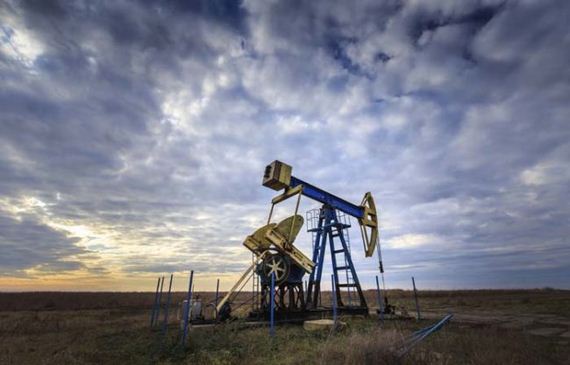
Because fracking is imprecise in many ways, drilling often leads to drinking water contamination. Often times, the so-called fracking fluid (that is, the chemical cocktail used in the fracking process) seeps into the ground. According to the EPA, there have been over 1,000 documented cases of groundwater contamination near fracking wells. The side effects of drinking this poisoned water can vary from mild irritation all the way up to the development of debilitating conditions.
2. It uses gallons and gallons of water.
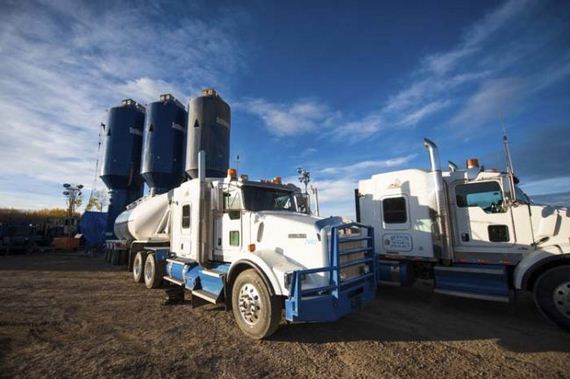
The fracking process is also notoriously wasteful. Water is mixed with fracking fluid before being pumped underground at high speeds to break up the rocks. This is a bad process for two reasons. The first is that when this water is pumped back out of the wells, it’s extremely contaminated. These industrial-strength chemicals are not easily separated from water, so those compounds often end up getting dumped into rivers and streams.
The second reason is that most of the water used in fracking remains underground, which means that it’s removed from the natural water cycle. This is bad news for drought-stricken areas that are also fracking hubs, like Texas and California.
3. Fracking releases deadly gases.
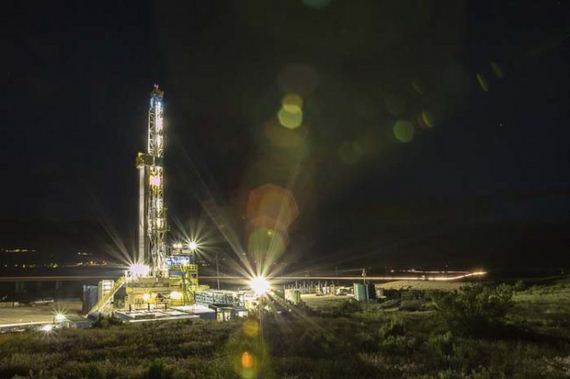
Studies of neighborhoods located near fracking wells have revealed that concentrations of radon gas are 39 percent higher there than it is in areas that aren’t near fracking wells. In large qualities, the compound can cause lung cancer.
Studies in Pennsylvania discovered large spikes in the concentration of radon gas since the state’s fracking boom began in 2005. The EPA estimates that radon gas is responsible for 21,000 cases of lung cancer per year in the United States.
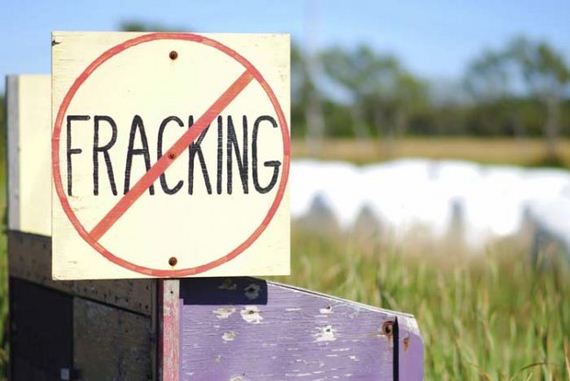
Because fracking is essentially a process of creating controlled earthquakes, it makes sense that it would be related to seismic activity. This is because the injection of water and fracking fluid that deep into the Earth can make bedrock unstable. In 2014, there were 585 earthquakes reported in Oklahoma.
5. The chemicals are so bad that they’re kept secret.
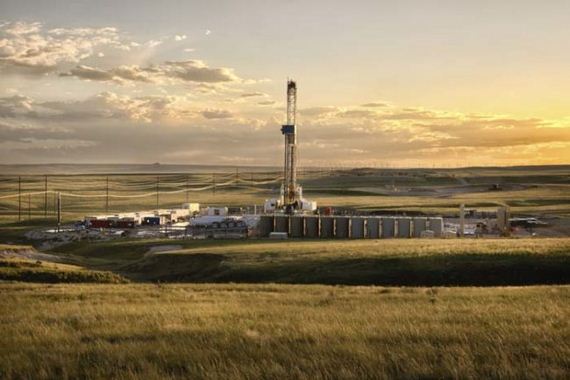
Because they are considered proprietary formulas by the federal government, fracking companies are not legally obligated to disclose what they’re using. This loophole makes it almost impossible to set up proper safety measures to protect against groundwater contamination. Judging from the amount of money flowing into the campaign funds of politicians, this loophole seems like it’ll stay open for a while.
6. Oh yeah, and people living near fracking wells can set their tapwater on fire, so there’s that.
https://youtu.be/iyR5vpfVtms
In theory, there are ways that fracking could be done safely, but because the process has proven to be lucrative as it stands today, changes probably won’t be made in the near future.
 Barnorama All Fun In The Barn
Barnorama All Fun In The Barn